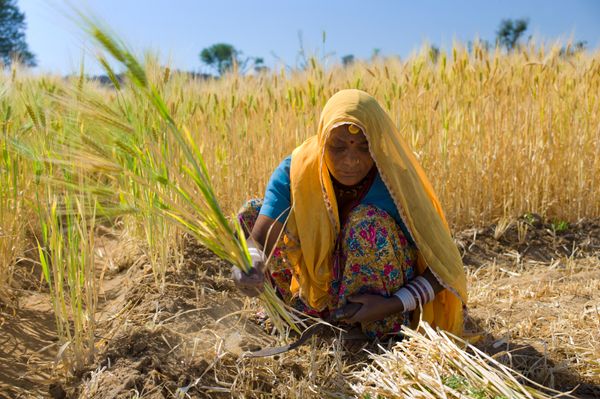Scooby has snacks. Garfield has lasagna. And Cartman has cheesy poofs. Yet none rival the relationship Popeye has with spinach. When Popeye eats spinach, his forearms triple, he gains supercharged strength and, perhaps most puzzling of all, he perpetuates one of pop culture's greatest myths.
Popeye first munched a mouthful of spinach in a July 3, 1932, cartoon strip. Although the sailor man wasn't known for speaking clearly, his actions sure did: Spinach is good, and good for you. Decades later, children are still hearing parents say, "Eat your spinach" -- for its iron content -- "so you can be big and strong like Popeye."
Advertisement
But that's not exactly how the real story went. Popeye actually quipped: "Spinach is full of vitamin 'A' an' tha's what makes hoomans strong an' helty" [source: Cronin]. Turns out, Popeye didn't eat spinach for iron, he gobbled it for vitamin A. (Specifically, he ingested beta-carotene, which his body transformed into vitamin A.)
Spinach, known as Spinacia oleracea, is an annual plant eaten for its elliptical leaves, which average 2 to 30 centimeters (.78 to 22 inches) in length. Although there's not a definitive answer on which of the two main types of spinach Popeye preferred, we're betting it was flat leaf spinach, a smooth-leaved variety that is usually canned or frozen [source: Leafy Greens Council]. Curly leaf spinach, sometimes known as savoy spinach, has wrinkly leaves and is often found in pre-washed packages at supermarkets or on salad bars. It has a slightly sweet taste and, when harvested early, is called baby spinach. There's also a hybrid of the curly and flat leaf varieties, known as semi-savoy [source: University of Georgia].
Popeye's motivation for snacking on spinach isn't the only myth surrounding this leafy green. Another is that spinach isn't really a good source of iron – people just thought so due to a math error. We'll take a look at the myths -- and facts -- all wrapped up in this veggie.
Advertisement

